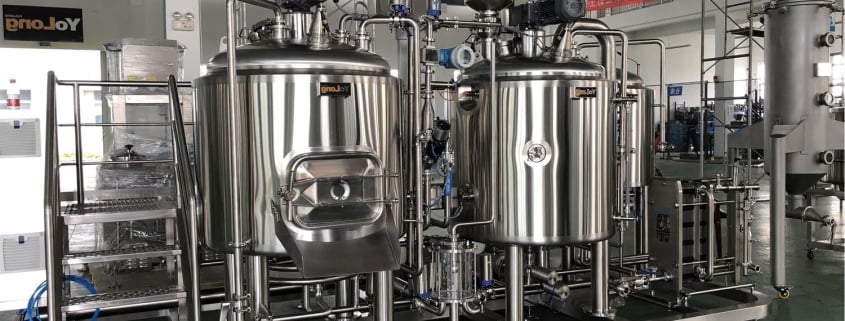Top Equipment Needed for a Beer Manufacturing Plant
What is a Beer Manufacturing Plant?
A beer manufacturing plant is essentially the powerhouse where beer is produced on a commercial scale. Unlike home brewing setups, these plants are equipped with industrial-grade machinery designed for large-volume production. Picture it like a giant kitchen where all the ingredients come together under tightly controlled conditions to create beer consistently, batch after batch.
In simple terms, it’s the place where science meets art. The plant meticulously balances temperature, pressure, and timing to craft beer with the desired flavor, color, aroma, and alcohol content. The scale can vary from small craft breweries to gigantic facilities churning out millions of liters annually.
What makes a beer manufacturing plant truly fascinating is its blend of tradition and technology. While brewing techniques have ancient roots, today’s plants are often semi-automated or fully automated with smart control systems to ensure consistency and efficiency.
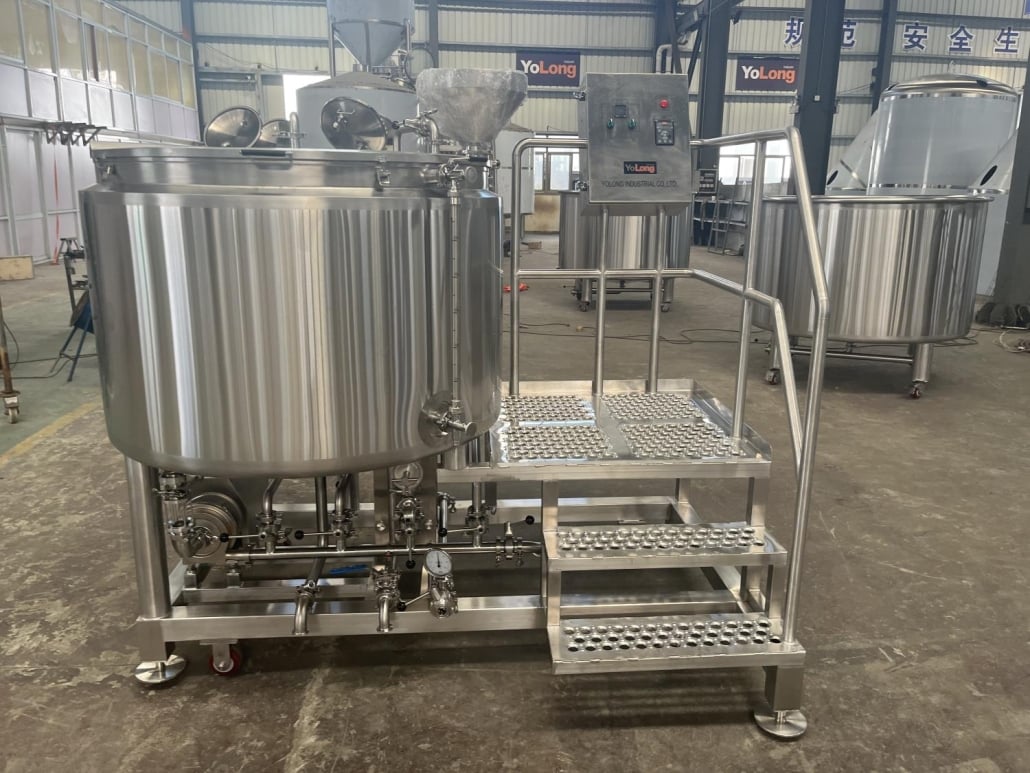
Beer Production Process in a Manufacturing Plant
The beer production process in a manufacturing plant is an intricate journey, full of chemistry, patience, and a little bit of magic. It can be broken down into several detailed stages:
Malting
First comes malting. Barley grains are soaked, germinated, and then dried in kilns. This step activates enzymes that are essential for breaking down starches into fermentable sugars. Compared to unmalted grains, malted barley offers richer flavors and higher sugar content, which is perfect for fermentation.
Mashing
Once malted, the barley is ground into grist and mixed with hot water in the mash tun. Here, enzymes go to work converting starches into sugars. Imagine brewing a giant pot of sweet oatmeal—that’s mashing. The result is a sugary liquid known as wort.
Lautering
Next, the wort is separated from the grain husks. The liquid is drained while the grain bed acts as a natural filter. The remaining wort is rich, sweet, and ready for the next stage.
Boiling
The wort is then boiled and hops are added. Hops bring bitterness that balances the sweetness and also contribute to the aroma. The type and timing of hops added can dramatically change the beer’s character. Compared to no-hop beers, hopped beers have longer shelf life and a more complex taste.
Fermentation
After boiling, the wort is cooled and transferred to fermentation tanks. Yeast is added, and fermentation begins. This is where sugars turn into alcohol and carbon dioxide. Different yeasts and fermentation temperatures yield different beer styles.
Maturation
Post-fermentation, the beer is allowed to mature. This can range from a few weeks to several months depending on the beer type. Lager, for example, requires longer maturation compared to ale.
Packaging
Finally, the beer is filtered, carbonated if necessary, and packaged into bottles, cans, or kegs. Some plants pasteurize the beer for longer shelf life, while others skip this step for craft or fresh beers.
| Stage | Description | Key Equipment |
|---|---|---|
| Malting | Germination and drying of barley | Malting drums, kilns |
| Mashing | Mixing malt with hot water | Mash tun |
| Lautering | Separating wort from grains | Lauter tun |
| Boiling | Boiling wort with hops | Brew kettle |
| Fermentation | Yeast converts sugar to alcohol | Fermentation tanks |
| Maturation | Aging to develop flavor | Storage tanks |
| Packaging | Filling bottles, cans, kegs | Filling machines |
Key Equipment in a Beer Plant
Choosing the right beer plant equipment is like picking the perfect tools for a master chef. Each piece plays a vital role and skipping or skimping on one can ruin the entire batch.
Mash Tun versus Brew Kettle
The mash tun is where sugars are extracted from the grains. It needs to maintain a steady temperature for enzymatic activity. On the other hand, the brew kettle must handle high heat during boiling and integrate hops efficiently. Both are essential but serve totally different purposes—one extracts sugars, the other shapes flavor.
Fermentation Tanks: Size and Material
These tanks must withstand internal pressure and maintain specific temperatures. Stainless steel is better than plastic or glass for large operations because it resists corrosion and is easier to clean. Fermentation tanks range from small 50-liter units for microbreweries to gigantic 5000-liter vessels in large plants.
Filtration Systems: Clarity versus Cloudiness
A good filtration system ensures the beer is clear and free from unwanted particles. Some craft breweries deliberately skip intense filtration to keep the “cloudy” appeal of certain beers like Hefeweizens, but mass-produced beers aim for crystal-clear consistency.
| Equipment | Purpose | Typical Capacity |
|---|---|---|
| Mash Tun | Extract sugars from grains | 100 – 5000 liters |
| Brew Kettle | Boil wort and hops | 100 – 5000 liters |
| Fermentation Tank | Alcohol conversion | 500 – 10000 liters |
| Filtration System | Remove solids | Variable |
| Packaging Machine | Bottling, canning, kegging | 500 – 20000 units/hour |

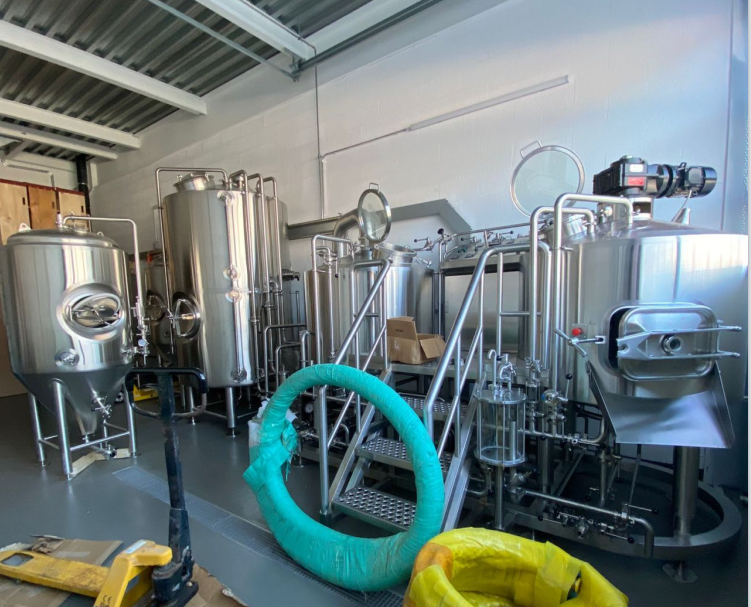
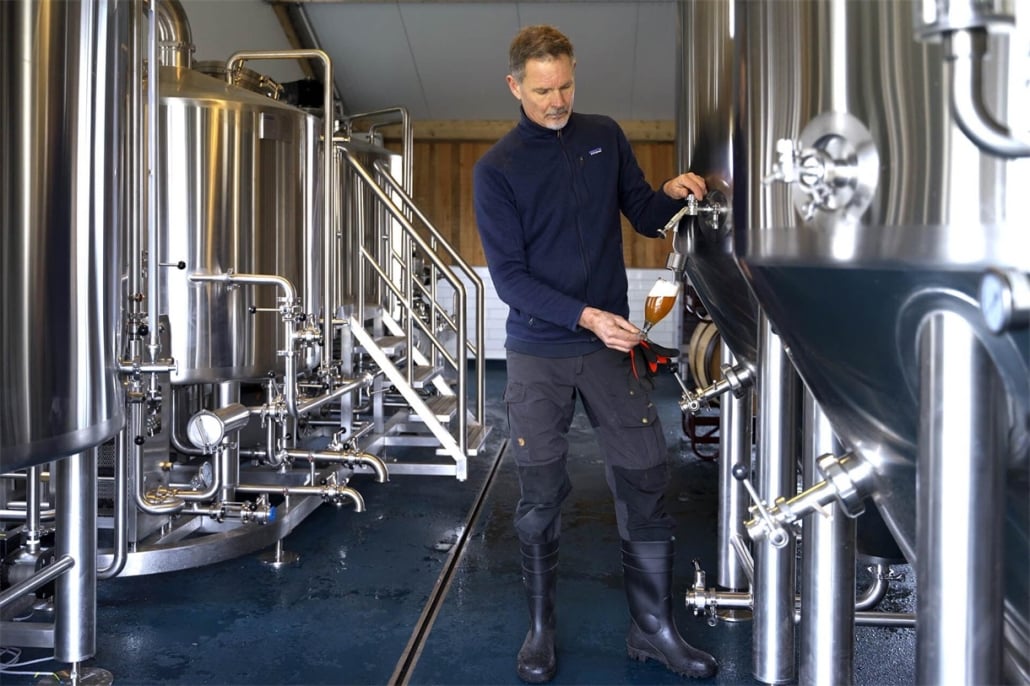
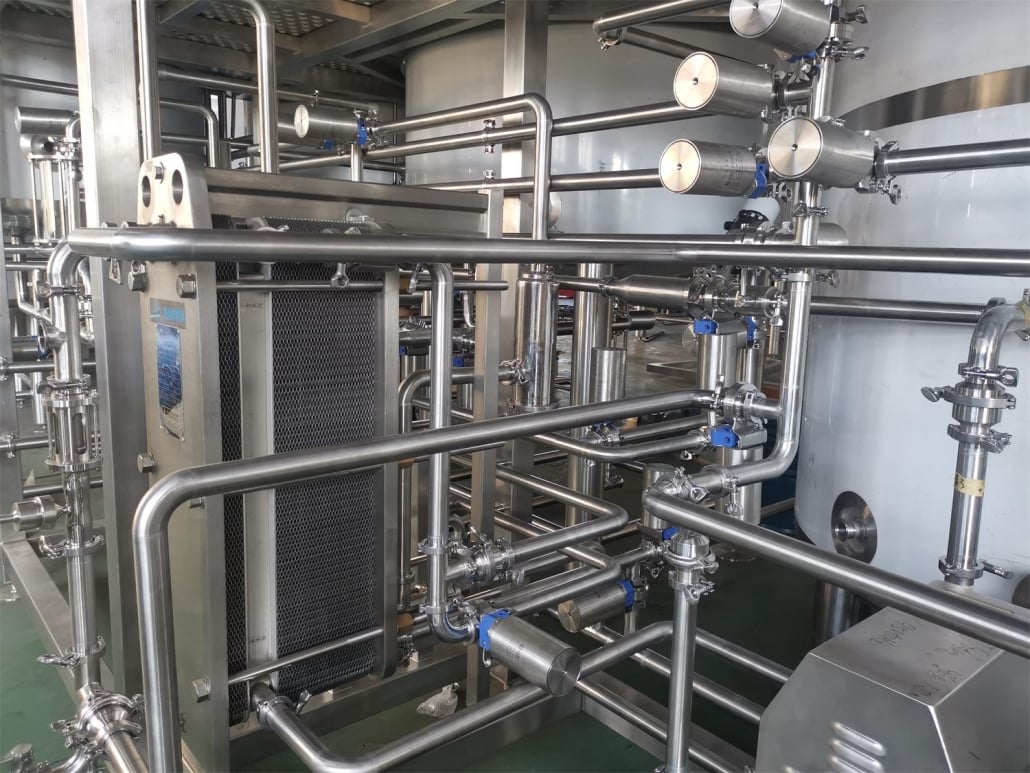
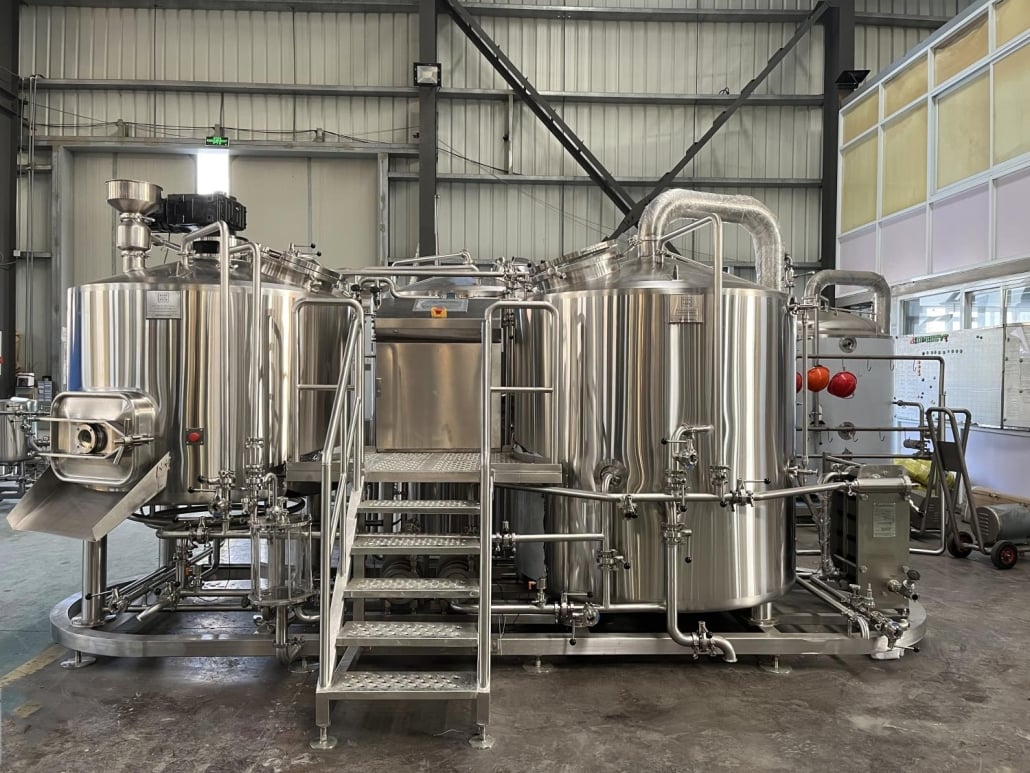
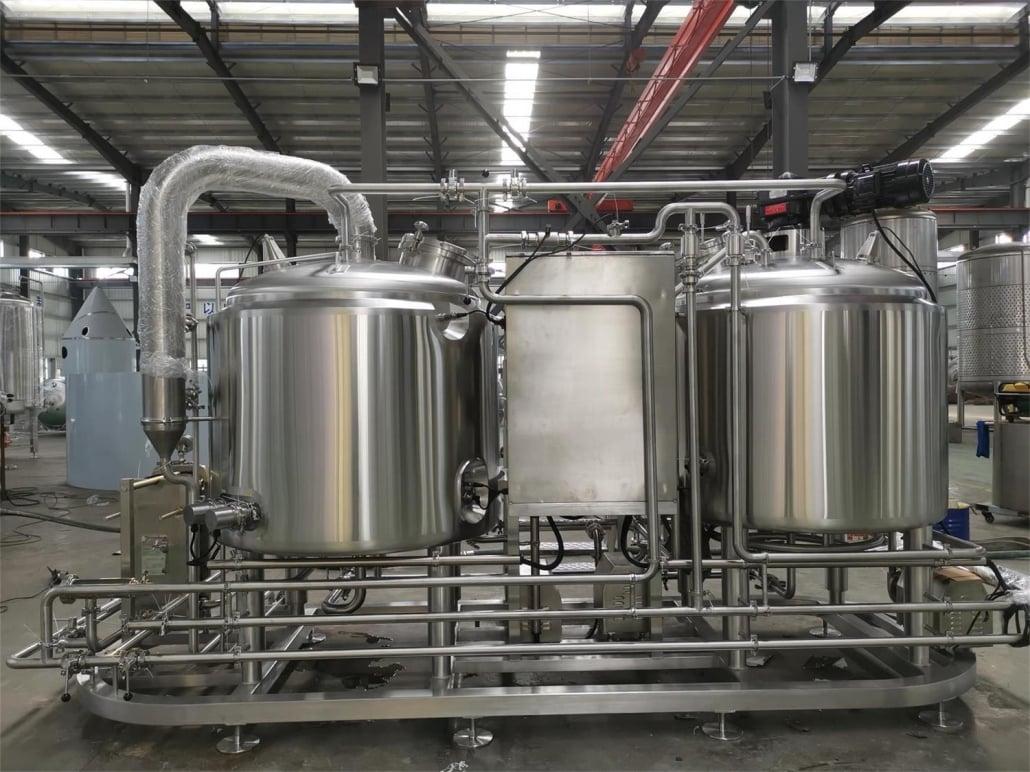
Types of Beer Manufacturing Plants
There isn’t a one-size-fits-all model when it comes to types of beer manufacturing plants. Each serves different business scales, market niches, and beer styles.
Craft Breweries versus Large-Scale Plants
Craft breweries are like boutique cafes compared to large franchises. They focus on small batches, unique flavors, and local markets. Large beer plants, like those producing Budweiser or Heineken, churn out massive quantities with strict consistency. While craft breweries might make 500 to 2000 liters per batch, industrial plants can process over 100,000 liters at once.
Microbreweries versus Nanobreweries
Microbreweries typically produce less than 15,000 barrels a year, catering to regional markets or taprooms. Nanobreweries go even smaller, often owned by passionate brewers producing for a single pub or local shop.
Contract Brewing Facilities
Some entrepreneurs prefer to design recipes and outsource production to established plants—a process called contract brewing. This is faster and less capital-intensive but offers less control over quality and customization.
| Plant Type | Production Scale | Key Features |
|---|---|---|
| Craft Brewery | Small to medium | Unique flavors, local focus |
| Large-Scale Plant | Massive | High volume, strict consistency |
| Microbrewery | Very small | Community-focused, limited output |
| Nanobrewery | Tiny | Often owner-operated |
| Contract Brewing | Variable | Outsourced manufacturing |
Cost and Setup Considerations for Beer Plants
Setting up a beer manufacturing plant isn’t exactly a pocket-change project. The cost depends on the plant size, location, equipment, and labor. Think of it like building a restaurant—the more upscale and larger you go, the steeper the price tag.
Initial Investment
Small-scale plants like nanobreweries can start from as low as $100,000. A medium craft brewery might require around $500,000 to $1.5 million. Large industrial beer plants can easily push beyond $10 million, factoring in automation, real estate, and infrastructure.
Space Requirements
A nanobrewery might comfortably fit in a 500-square-foot space, but large breweries can demand 20,000 square feet or more. Besides brewing areas, you need space for storage, fermentation, packaging, and possibly a tasting room.
Operating Costs
Beyond setup, you’ll deal with recurring costs like ingredients, energy, water, cleaning agents, and labor. Energy-efficient equipment is more expensive upfront but can slash long-term utility bills significantly.
| Brewery Type | Estimated Setup Cost | Required Space |
|---|---|---|
| Nanobrewery | $100,000 – $250,000 | 500 – 1000 sq ft |
| Microbrewery | $250,000 – $750,000 | 1000 – 5000 sq ft |
| Craft Brewery | $500,000 – $1.5 million | 5000 – 10,000 sq ft |
| Large Plant | $10 million+ | 20,000+ sq ft |
Modern Trends in Beer Manufacturing
The modern trends in beer manufacturing are as dynamic as the craft beer flavors popping up every season. The industry isn’t just about pumping out lagers anymore—it’s becoming more sustainable, experimental, and tech-savvy.
Sustainability Push
Eco-conscious brewing is huge. Many plants now recycle water, use renewable energy, and reduce waste by repurposing spent grains as animal feed. Compared to older setups, these modern plants have a significantly lower environmental footprint.
Automation and Smart Brewing
Advanced automation allows brewers to control temperature, timing, and even flavor profiling through software. Smart brewing systems can alert operators to potential issues, improving quality control and reducing human error.
Unique Flavors and Small Batches
Consumers crave uniqueness. Small-batch brewing, barrel aging, and experimental ingredients like exotic fruits or unusual yeast strains are becoming mainstream.
Non-Alcoholic and Functional Beers
Non-alcoholic beers and those infused with vitamins, electrolytes, or CBD are gaining popularity, especially among health-conscious drinkers. This was nearly unheard of a decade ago but is now a rapidly growing market segment.
How to Choose the Right Beer Plant Equipment Supplier
Picking a beer plant equipment supplier is like choosing a partner for a long journey. You need someone reliable, experienced, and aligned with your goals.
Quality versus Cost
Cheaper equipment might save money upfront but can lead to higher maintenance costs and production delays. European and American suppliers often have higher prices but also better build quality and support compared to some low-cost alternatives.
Customization Options
A good supplier offers customization to match your brewery size, beer type, and budget. They should also provide comprehensive manuals, training, and after-sales support.
Reputation and Reviews
Research supplier reputations through customer reviews, site visits, and industry forums. Suppliers with proven track records usually deliver on both quality and timelines.
| Supplier Feature | Advantage | Consideration |
|---|---|---|
| High Build Quality | Long lifespan, reliability | Higher upfront cost |
| Customizable Equipment | Perfect fit for your process | Potentially longer lead time |
| Strong Customer Support | Smooth installation, quick troubleshooting | May cost extra |
| Affordable Pricing | Lower initial investment | Possible compromises in durability |
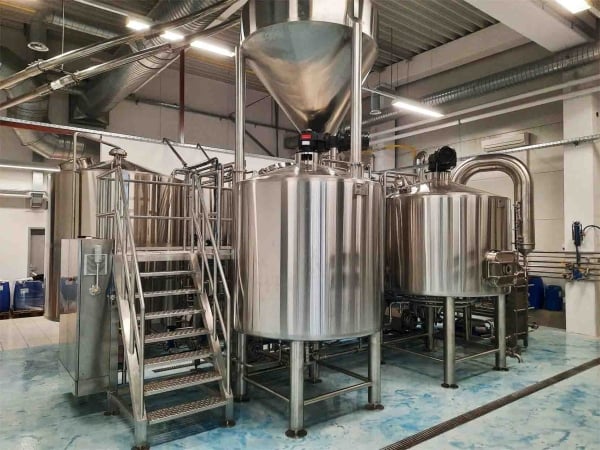
FAQ
| Question | Answer |
|---|---|
| What is a beer manufacturing plant? | A facility where beer is produced on a commercial scale using industrial equipment. |
| How much does it cost to set up a beer plant? | Costs range from $100,000 for nanobreweries to over $10 million for large-scale plants. |
| What are the main steps in beer production? | Malting, mashing, lautering, boiling, fermentation, maturation, and packaging. |
| What equipment is essential for beer production? | Mash tuns, brew kettles, fermentation tanks, filtration systems, and packaging machines. |
| What’s the difference between a microbrewery and a large plant? | Microbreweries produce small, local batches; large plants focus on high-volume, mass distribution. |
| Are modern beer plants automated? | Many modern facilities use automation and smart controls to improve efficiency and consistency. |
| Can beer plants produce non-alcoholic beer? | Yes, many plants now produce non-alcoholic and functional beers to meet growing demand. |
| How do I choose a beer plant equipment supplier? | Focus on quality, customization options, supplier reputation, and level of customer support. |

